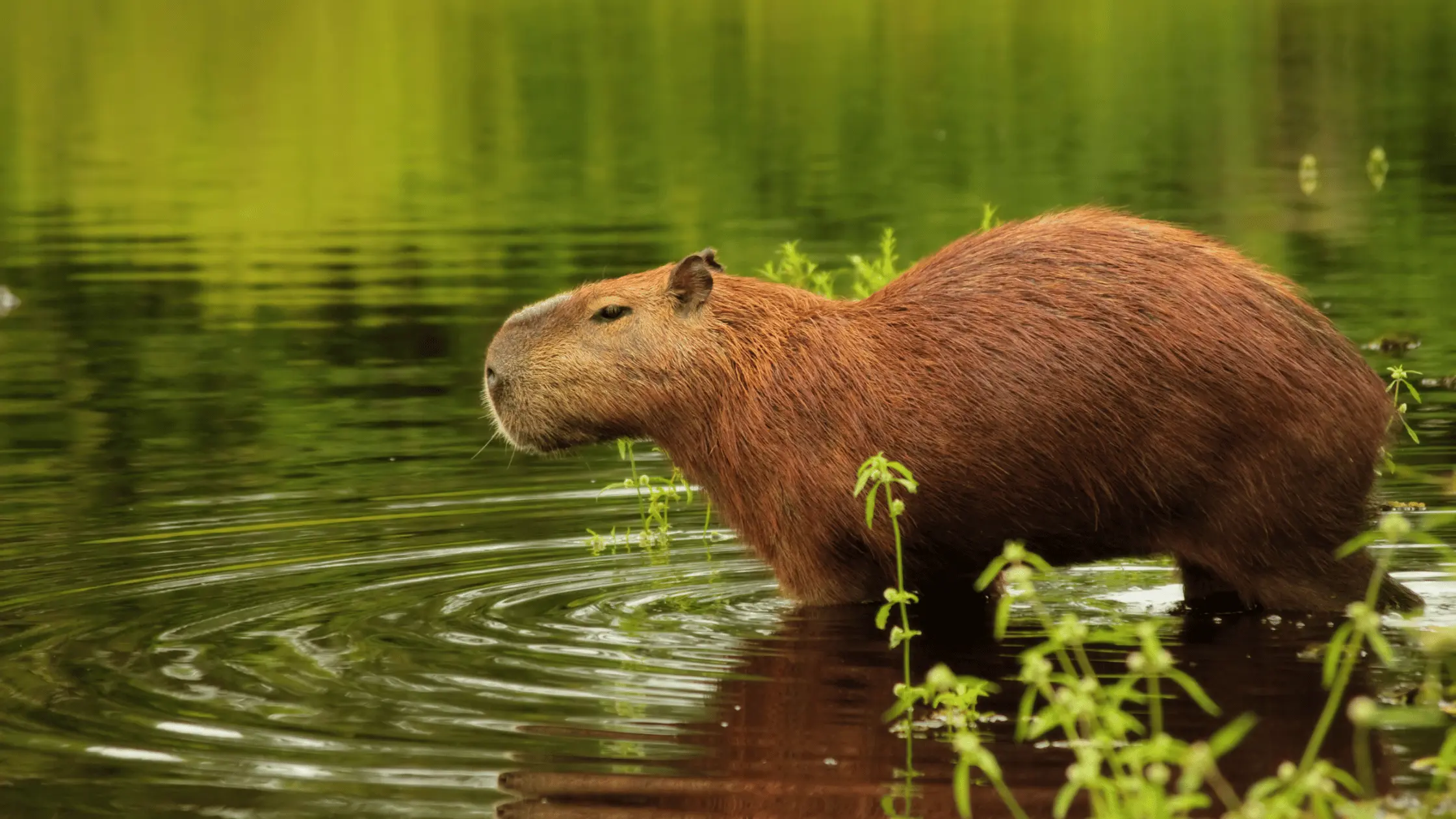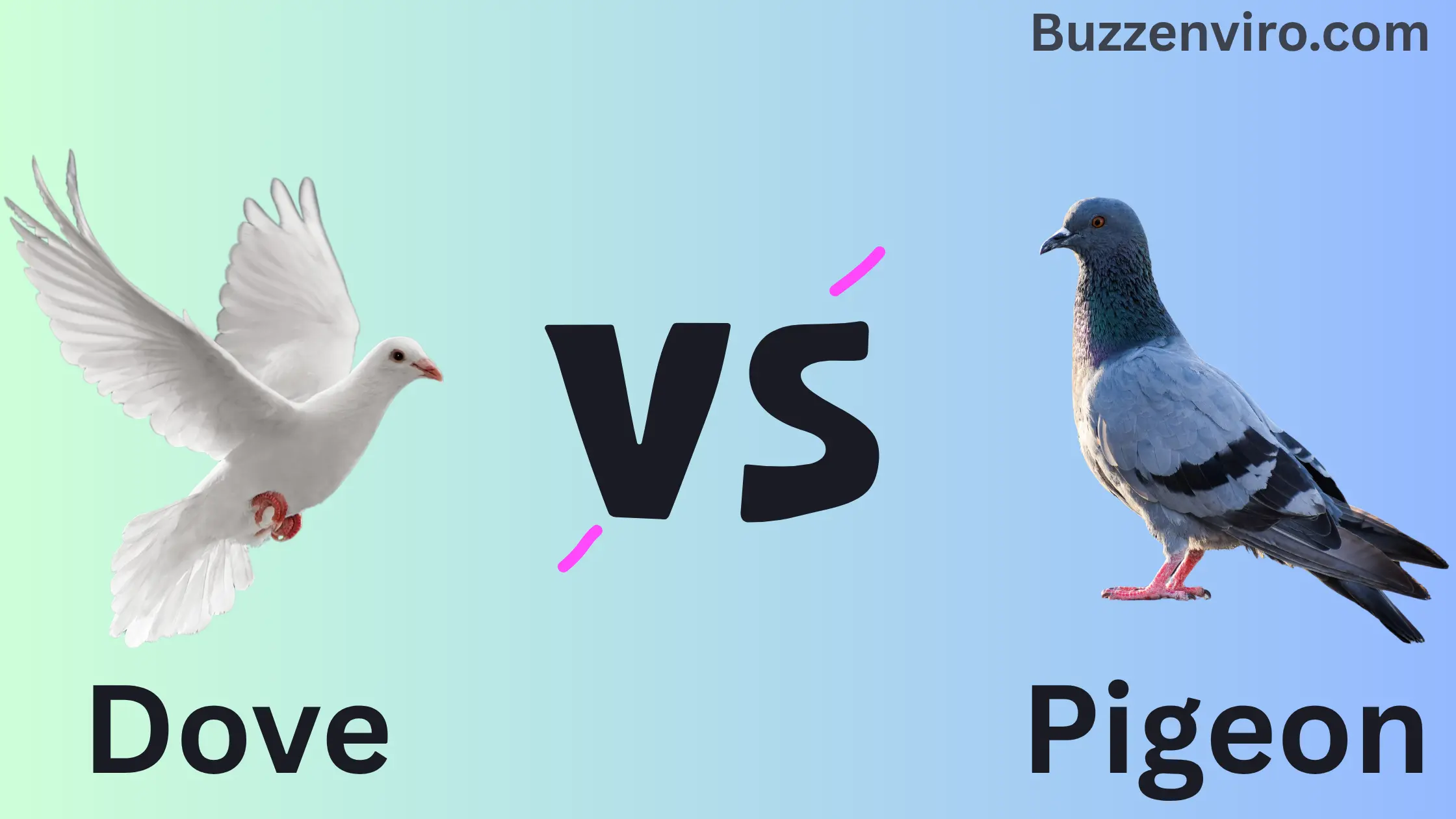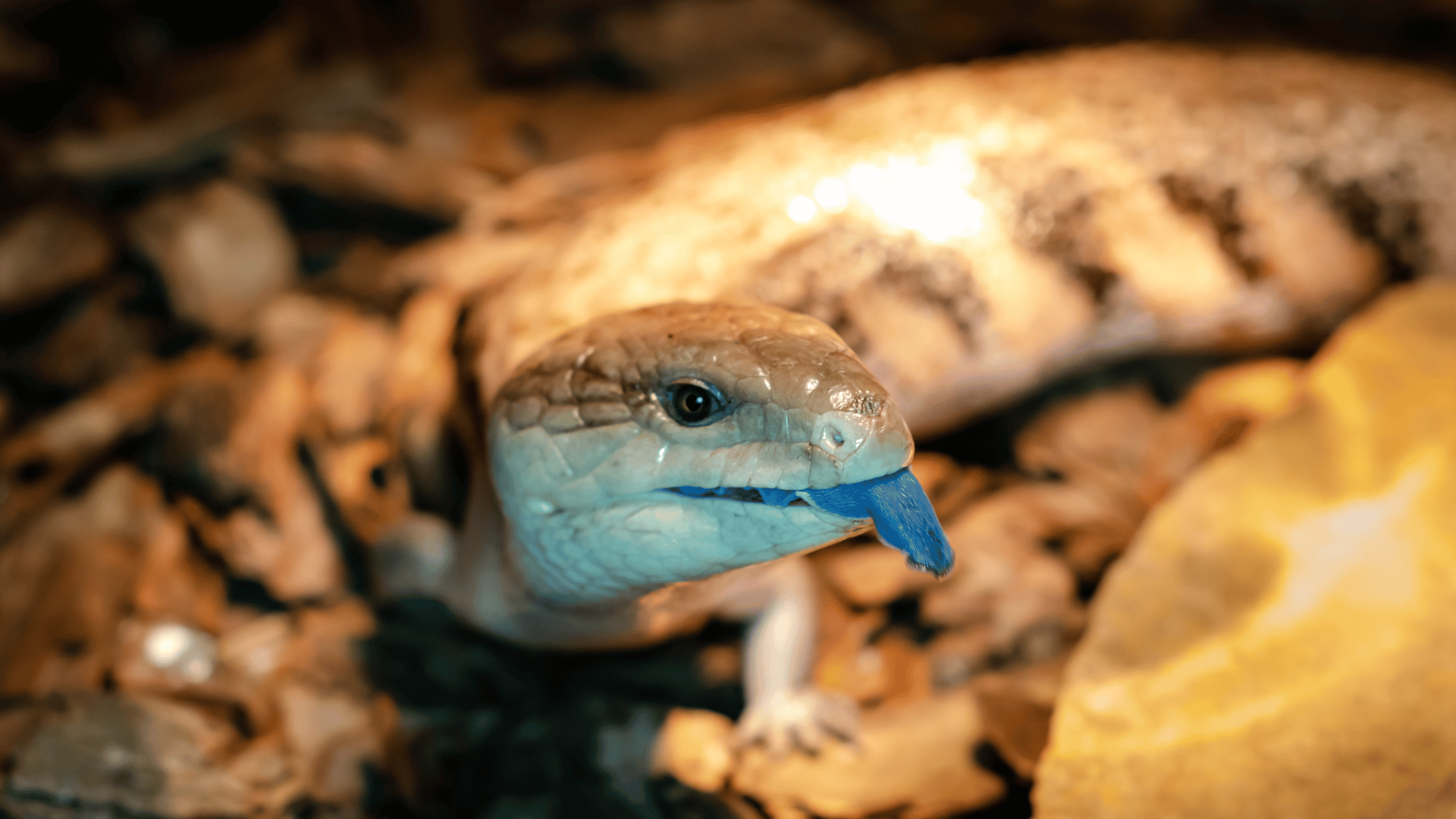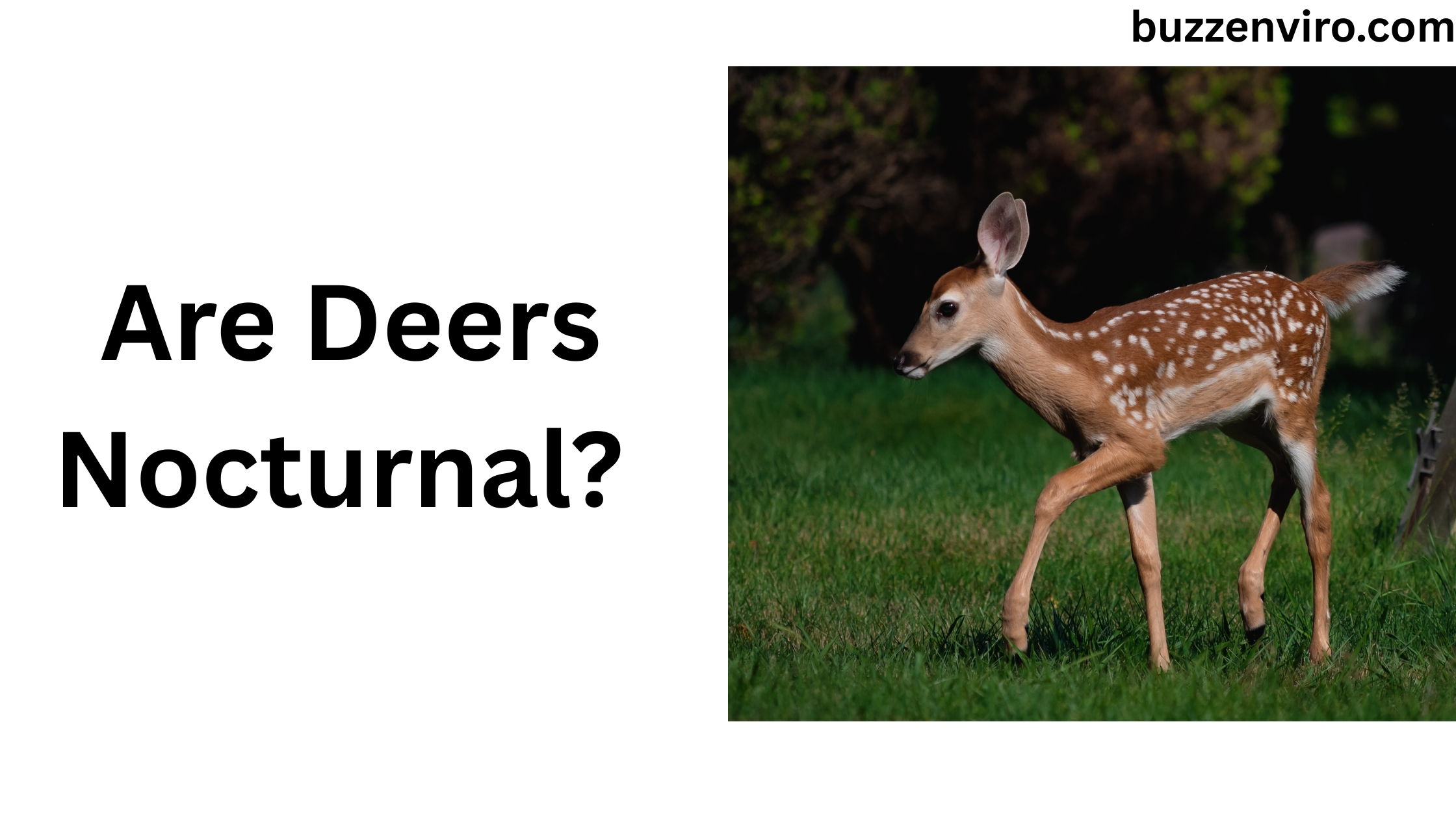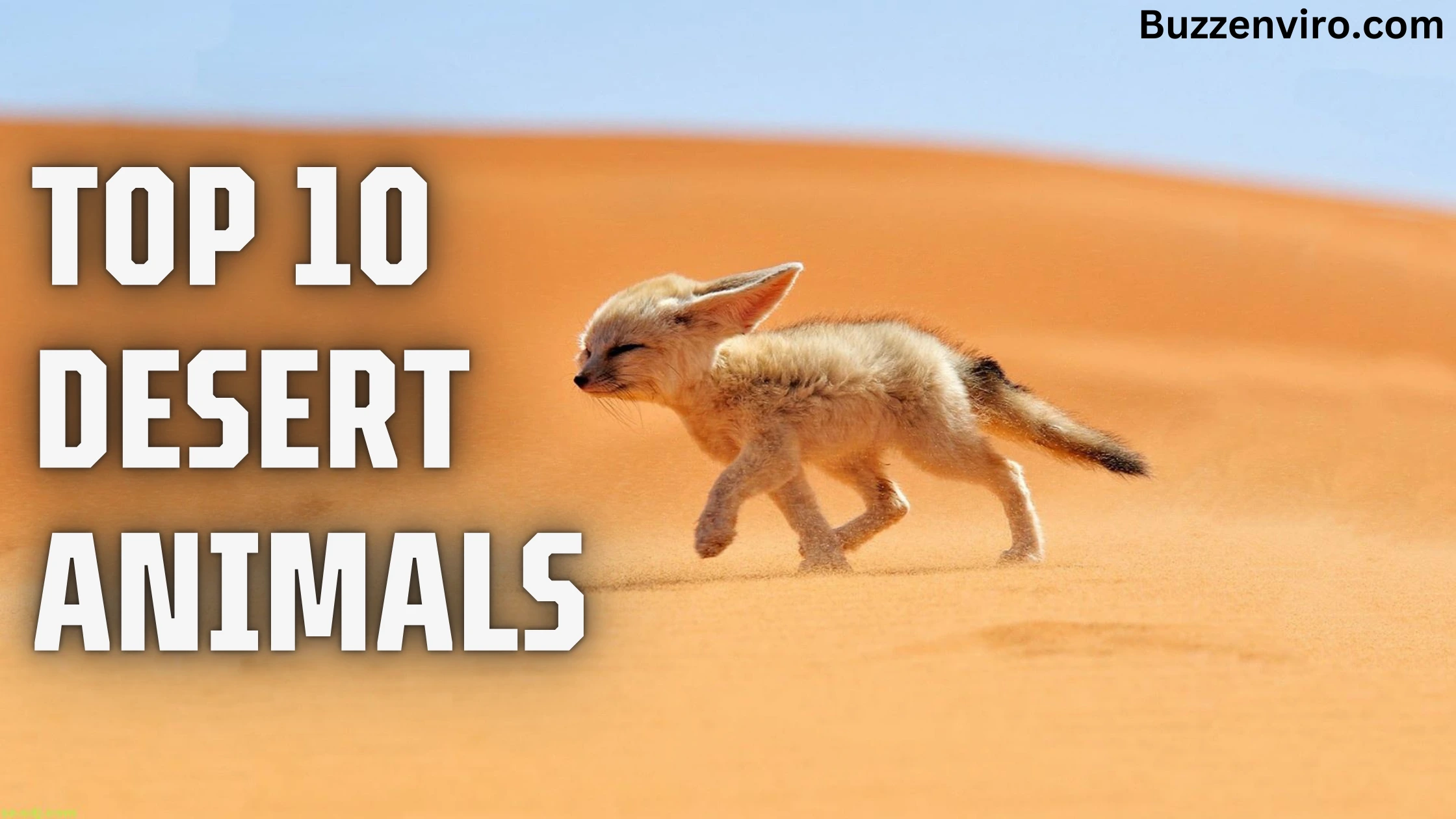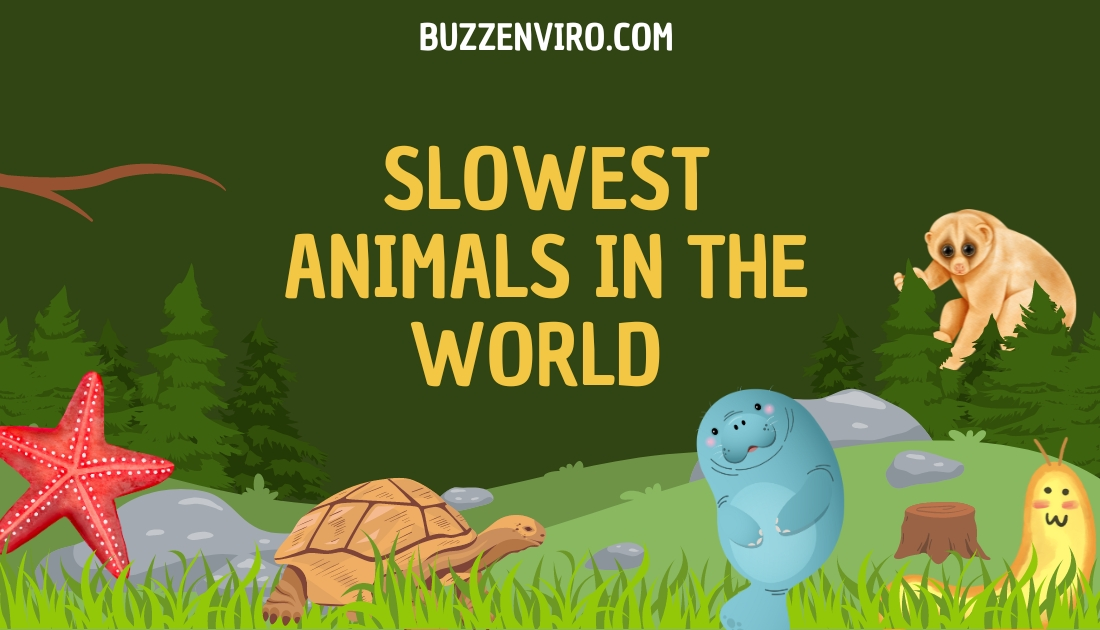Wetlands are among the Earth’s most diverse and productive ecosystems, teeming with life and playing a crucial role in maintaining ecological balance. These watery landscapes serve as habitats for an incredible array of flora and fauna, with Wetlands Animals contributing significantly to the intricate web of biodiversity.
In this blog post, we will embark on a fascinating journey to explore the diverse and unique creatures that call wetlands their home.
What is Wetland?
A wetland is a body of water that is saturated with freshwater, salt water, or a combination of both. A wetland can be a marsh, estuary, mangrove, bogs, or swampland. Wetland ecosystems are often found in transitional areas between water bodies and land. Some wetlands are wet all year round, while others survive as the only source of water in arid desert environments.
What is Wetland Animals?
Wetlands are home to a wide variety of creatures, including mammals, birds, insects, and more. They support a wide range of ecosystem services, including the removal of pollutants, the mitigation of flooding, and the sequestration of carbon. Wetlands are dynamic environments that are subject to seasonal changes, changes in water levels, and interactions between species. Most wetlands host a wide variety of animals, insects, birds, and plants that form part of the wetland food web.
Some Common Wetlands Animals list
1. Jaguar
These gorgeous spotted cats are the biggest in North America and the top predator in the Neotropics, but because of poaching and habitat destruction, jaguars are now found in less than half of their old-growth range. Today, the largest jaguar populations are found in the Tropical rainforest of the Amazon and the Pantanal, the largest freshwater wetland in the world, both of which are threatened by agricultural development and deforestation. These elusive, secretive hunters prefer to be close to water; they are superb swimmers with jaws strong enough to snare a caiman, though they will also take on deer and lizards.
2. Indian Buffalo (Wetlands Animals)
The male Indian bullfrog is a wetlands animals which is usually a dark brownish-green color, but during mating season it changes to bright yellow, which stands out against its deep blue vocal sack. The male Indian bullfrog can evade predators by diving into the depths of the water, but prefers to hide in dense vegetation. The 6-inch Indian bullfrog eats a wide variety of insects, as well as worms, snakes, tiny rodents, and birds. It is found in the Indian subcontinent (Afghanistan, Bhutan, Assamese, Burmese, Chinese, Malay, Nepalese, Pakistani, and Sri Lankan) as well as elsewhere in the Indian Ocean (Malaysia, Sri Lanka, Madagascar, Maldives, and Andaman Islands). The Indian bullfrog is a voracious eater and devours native frog tadpoles, resulting in the extinction of several endemic species.
3. Hippopotamus
The common hippo is one of the world’s largest mammals. It’s an aquatic mammal found throughout Sub-Saharan Africa. During the day, the common hippo swims in shallow lakes and marshlands, as well as in calm stretches of river. It does this to cool down its massive body and shield its skin from the sun’s heat. At night, it leaves the water behind to feed on grass. The common hippo is often described as a great swimmer, but the heavy hippo actually doesn’t swim at all. Instead, it does a sort of galloping walk. It uses its legs to propel itself through the water, then rises to the surface to breathe.
4. Asian Water Buffalo
The Asian water buffalo is another Wetlands Animals that is native to the Indian subcontinent from central India to southeast Asia, but it has been domesticated over thousands of years and can be found on five continents today. Like the hippopotamus, the Asian water buffalo spends its days in the water, where it feeds on aquatic plants. At night, it returns to the water to feed on grass. The Asian water buffalo has specially shaped hooves that allow it to move through swamps without getting stuck in the mud, which is important for evading powerful predators such as tigers. Its large, crescent horns also help protect it from predators.
5. Lesser Flamingo
While all flamingos can survive in extreme conditions, the smallest species wins the day. In eastern Africa, the lesser flamingos live in wetlands that are inhospitable to almost all life. In particular, Lake Bogoria (Kenya) and Lake Natron (Tanzania) are so alkaline and salty that it would burn the skin off most animals. But the lesser flamingos congregate at these lakes in millions to build nests and feed on the poisonous blue-green algae known as cyanobacteria, which would have killed other animals. If the birds cannot find fresh water, they use special glands to remove salt from the air and exhale it through their noses.
Importance of Wetlands Animals to Our Environment
Wetlands Animals play a crucial role in maintaining the health and balance of our environment. Their importance extends across various ecological functions and contributes significantly to the overall well-being of ecosystems. Here are some key reasons why Wetlands Animals are vital to our environment:
1. Biodiversity Support
Wetlands are among the most biodiverse ecosystems, and the diverse array of animals that inhabit them contribute to overall biodiversity. This richness enhances the stability and resilience of ecosystems, making them more resistant to disturbances.
2. Water Quality improvement
Many Wetlands Animals, particularly aquatic species, actively contribute to improving water quality. For instance, filter-feeding organisms such as mollusks and certain fish help to remove impurities and excess nutrients from the water, playing a critical role in maintaining water clarity and quality.
3. Habitat Provision
Wetlands Animals create and shape their habitats, influencing the structure and composition of wetland ecosystems. From beavers building dams to turtles nesting in sandy banks, these animals contribute to the physical characteristics of wetlands, providing homes and refuge for a multitude of species.
4. Nutrient Cycling
Microorganisms and invertebrates in wetlands contribute to nutrient cycling by breaking down organic matter. This process is vital for recycling nutrients and maintaining the fertility of wetland soils. The efficient cycling of nutrients helps sustain plant life and, in turn, supports the entire food web.
5. Flood Control
Certain Wetlands Animals, particularly vegetation like marsh grasses and trees, help control flooding by stabilizing soil and absorbing excess water. This natural flood control is crucial for safeguarding adjacent areas and preventing downstream flooding during heavy rainfall or storms.
Preserving wetlands habitats and protecting the animals that inhabit them is essential for maintaining these critical ecosystem services and ensuring the overall health of our environment.
